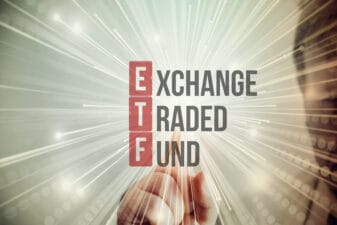These days, you simply have to sign up for a self-directed brokerage on any internet-capable device. You’ll have immediate access to a variety of equity, fixed-income, and derivative instruments at a fraction of the cost of a human broker. But for those who simply don’t have time to monitor their portfolios or any inclination to do so, a recent advancement that might pique their interest are robo-advisors.
Robo what?
Robo-advisory, in a nutshell, is investment management entirely through an automated program based on your risk tolerances and investment horizon. After determining the investor’s profile, the program, or “robot,” will create an investment policy statement and place the investor in a pre-configured portfolio set around some sort of mandate, such as growth, income, balanced, or any other combination.
The biggest draw of robo-advisors is, of course, their low cost; thanks to the instruments the platforms use (primarily ETFs), robo advisors can get away with charging fees of about 1% or less of an investor’s portfolio, which is significantly cheaper than what a human advisor might charge. We are also beginning to see robo-advisors offer valuable features such as automated tax-loss harvesting, which were once solely in the domain of human advisors.
According to research from Morgan Stanley, the robo-advisor market could reach $6.5 trillion in global assets under management (AUM) by 2025. Furthermore, growth in the industry has been averaging a breakneck 86% year over year, while over 70% of firms with greater than $15 trillion AUM and other financial companies surveyed by Morgan Stanley have either introduced robo-advisory as part of their services or are planning to do so in the next 12 months.
This competitive landscape bodes well for investors. We will begin to see more features rolled out for robo-platforms, while fees are kept under pressure. There is also a high possibility that robo-advisory will eventually cannibalize or encroach upon mutual funds and human advisory services, which, combined with the changing landscape of fiduciary regulation in Canada, will also begin to see pressure on their fee structures.
Should you invest with robo-advisors?
Ultimately, the answer lies entirely with your degree of customization. Generally, robo-advisors have little to no contact/feedback with the client once the initial policy statement has been established. While you can track your portfolio’s progress, you can give zero input on its direction, nor will robo-advisors offer anything more complex than the most liquid of ETFs.
Obviously, those of who wish to invest in actual stocks like Canopy Growth Corp (TSX:WEED), for example, or are students of the markets (Foolish readers should check out our Pro 2017 Survival Guide to turbocharge their portfolios) should stick with self-directed investing.
However, the low-cost structure of robo-investing is quite tempting. With most places charging just 1% of AUM, there is no reason to not consider a well-balanced portfolio that’s managed by an emotionless program at a fee equal to that of an index fund. Currently, robo-advisory’s appeal lies with the under-40 crowd with less than $100 thousand worth of investable assets. So, if you’re young, tech savvy, and looking to start a small, low-maintenance retirement account, then robo-advisory might be the way to go.







